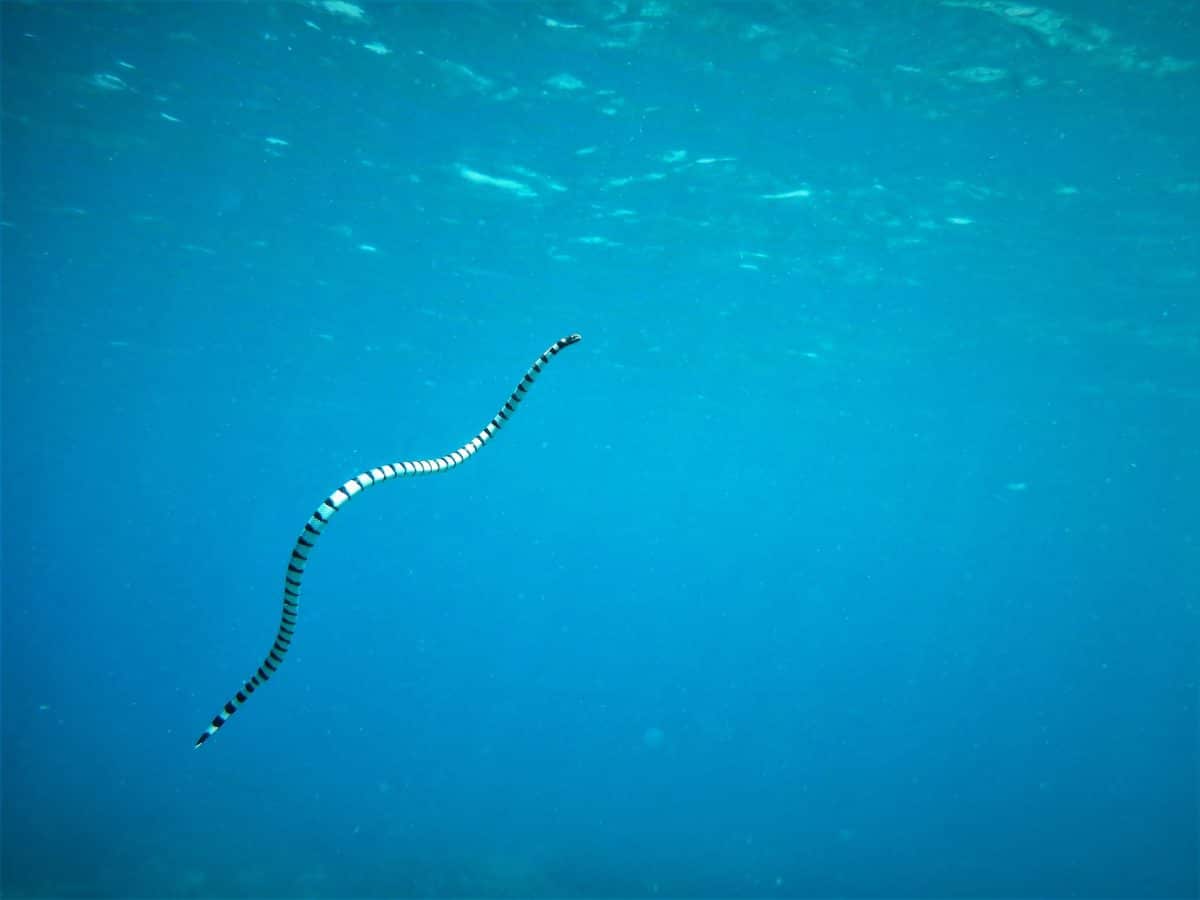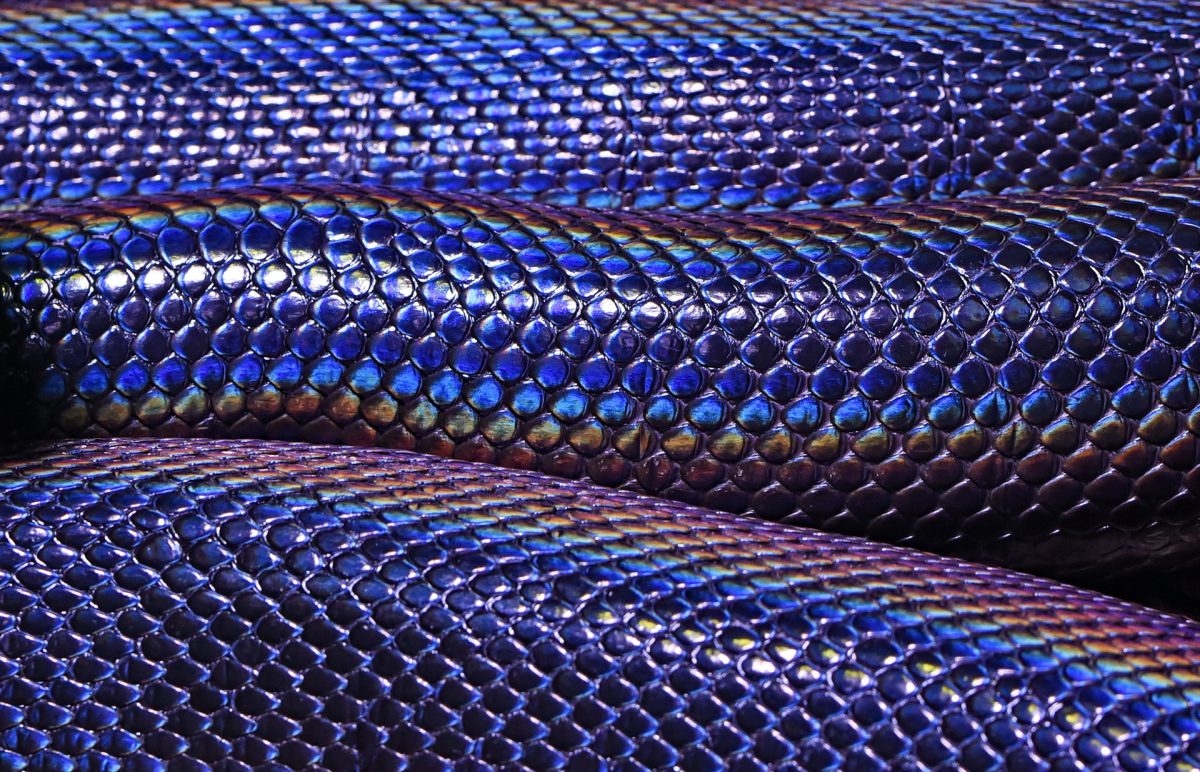A snake can be many things – a slithering creature, an animal to be feared, and the embodiment of evil. But there is one thing that all snakes are not: land animals. Sea snakes belong to a group of reptiles called sea serpents or ichthyophidia, which means they thrive in water. These amazing creatures have adapted not only to survive but also thrive in their watery habitat and it’s time we started paying more attention! Let’s explore some of these adaptations as well as some lesser-known facts you probably didn’t know about sea snakes.

Sea snakes aren’t just fish that can walk on land (but they do)
Sea snakes move by undulating their bodies as fish do. And just like fish, sea snakes have a dorsal fin. If you’re seeing double (or triple) that’s because they do have two dorsal fins. This also helps them breathe as their second fin stabilizes the snake while it is moving and allows for more efficient breathing. You can see sea snakes in the Gulf of New Mexico and off the coasts of California. The Pacific, coral, and olive sea snakes are three of the most venomous snakes in the world. They have a very small amount of venom that can cause paralysis and respiratory failure.
As fascinating as they may seem, extreme caution should always be taken when swimming in waters where sea snakes may be present. Their toxins are not meant for humans and therefore only pose a limited risk. However, if you are stung by a sea snake, make sure to seek medical attention as soon as possible.
They hold their breath for up to an hour
One of the adaptations that help sea snakes thrive in their watery habitat is their ability to hold their breath underwater for extended periods. This allows them to stay submerged while they hunt for prey or avoid predators. Some sea snakes can even stay underwater for up to an hour.
This evolutionary adaptation is made possible by two things: their specially adapted lungs and the fact that they don’t drink water. Most land animals need to drink water to survive, but sea snakes get all of the hydration they need from their prey. Because of this, they don’t need to drink water and can conserve energy by not having to drink water while diving.
They are on their evolutionary path
Sea snakes are different from other snakes in that they have evolved into a new branch of the reptilian family tree. This means that they are not closely related to any other living snake, which makes them an incredibly interesting species! They have developed many adaptations over time after splitting from their land-based ancestors and it is these adaptations that have allowed them to thrive in their watery habitat.
Sea snakes live in some of the most inhospitable waters on Earth
Not only do sea snakes have to contend with predators like sharks and crocodiles, but they also live in some of the most inhospitable waters on Earth. The waters where sea snakes live are dark and cold, which requires them to have some special adaptations. Their ability to absorb oxygen through their skin and the fact that they don’t need light (crypsis) makes them extremely resilient.
They’re venomous but not aggressive
As we mentioned earlier, sea snakes are some of the most venomous snakes in the world. However, contrary to popular belief, they are not typically aggressive. They are quite docile and will only bite humans if they feel threatened. This is why it’s so important to be aware of their presence when swimming in areas where they are known to live.
If you see one, simply observe it from a distance and let the snake go on its way. They know better than to harm you, but if they feel threatened or cornered they may bite just as any other animal would. For your safety and theirs, be sure not to disturb them if you happen upon one in their home of oceans, seas, bays, beaches, and estuaries.
Sea snakes give birth to living young
Another interesting adaptation that sea snakes have is the fact that they give birth to live young. Unlike other snakes, which lay eggs, sea snakes give birth to their young in the water. This adaptation allows the young snakes to immediately start swimming and feeding, which is essential for their survival.

Sea snakes are some of the most fascinating creatures on Earth and it’s easy to see why they have captured our imaginations for so long. They are a reminder that there is still much to learn about the world we live in and that there are creatures out there that we know very little about.
- About the Author
- Latest Posts
Whether she is researching the latest trends in home decor, life-changing destination getaways, or the best way to maintain your finances, Dewey takes pride in leaving no stone unturned. She is passionate about distilling and delivering high-quality information that you can use to upgrade your life.

